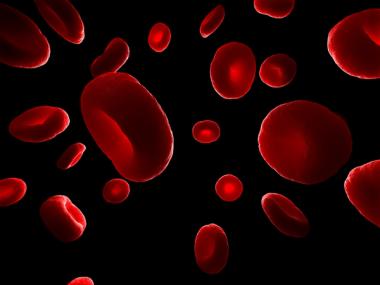
Systemic Safety
To safeguard our consumers from potential systemic safety concerns related to ingredients that may be absorbed by the body, we are developing and applying innovative scientific methods that do not rely on animal testing. Our approach is based on evaluating exposure levels, beginning with the question: “Can our ingredient cause any sort of biological activity in consumers at the levels they will be exposed to?” This pragmatic approach is designed to be protective of human health rather than predictive of any specific toxicities and is based on the hypothesis that if there is no biological activity, there can be no harm to our consumers.
Our research over the past two decades has helped us develop a comprehensive toolbox of non-animal methods covering different modes of action that could potentially cause adverse effects in consumers. To ensure that safety decisions informed by this toolbox provide protection equivalent to or exceeding that offered by traditional animal testing, we have conducted rigorous performance evaluations. We have recently demonstrated the effectiveness of our toolbox through individual case studies (Coumarin (Opens in a pop-up window ) and Benzophenone-4 (Opens in a pop-up window )) and broader investigations (70 consumer exposure scenarios (Opens in a pop-up window )). Furthermore, our methodologies incorporate advanced scientific techniques capable of identifying ingredients that could impact sexual function and fertility in both women and men, as well as those that could cause pre- and postnatal developmental toxicity in offspring (see our performance evaluation (Opens in a pop-up window )).
Exposure
As with any toxicological safety assessment, our next-generation risk assessments for systemic effects rely on having a good understanding of exposure (how people use our products, how much of an ingredient is absorbed during the normal use of our products, its fate in the body including during pregnancy). Tools we use include in vitro dermal penetration experiments and physiologically based kinetic modelling. We have collaborations with leading experts in exposure science, and along with our internal research projects, we are investigating how the metabolism of an ingredient can impact safety assessment.
Bioactivity
Our starting point is maximising the use of appropriate existing data on an ingredient, and we then use in silico predictions to guide the development of our safety assessments. In vitro methods are used to generate data that can be modelled to define points of departure. Our toolbox includes high throughput transcriptomics, in vitro pharmacological profiling, a cell stress panel (Cyprotex), and three developmental and reproductive toxicity-related methods: ReproTracker® (Toxys), devToxquickPredict™ (Stemina), and the steroidogenesis assay (U2-OS ERα and AR CALUX® detection).
* There are restrictions on the data we can use in our safety assessments. For cosmetics ingredients, we do not use any animal data that was generated after March 2013 (EU Cosmetic Products Regulation 1223/2009). We apply an additional cut-off for our PETA-accredited brands of not using any animal data generated after Dec 2010.


